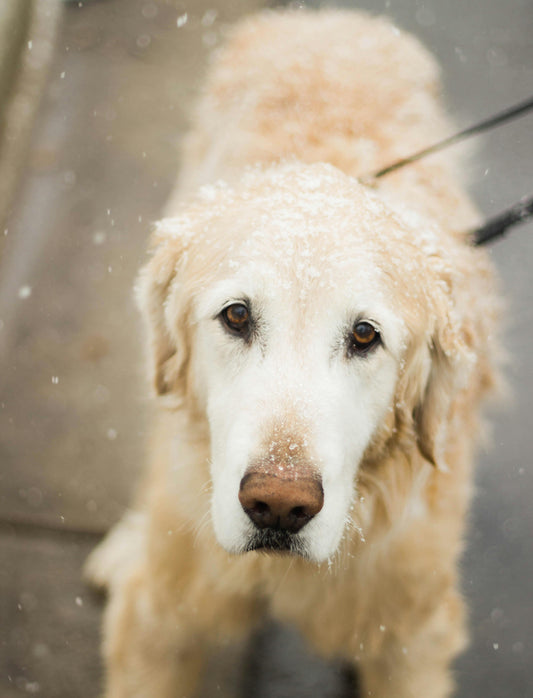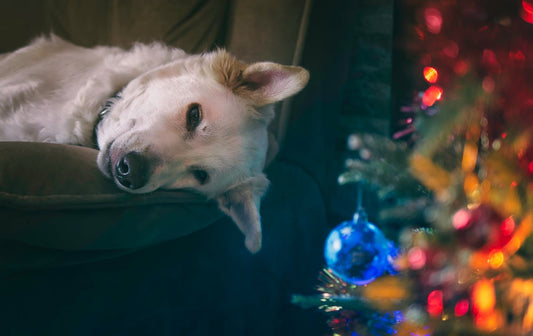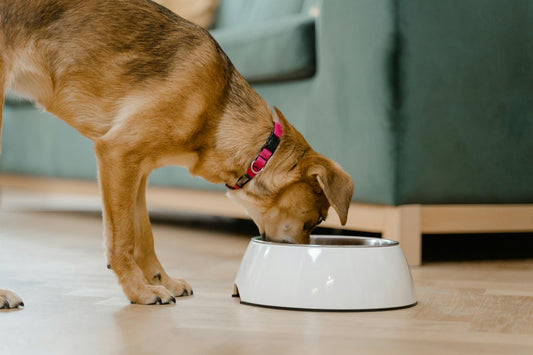Introducing two adult dogs to each other can be a challenge, but with the right approach, harmony is achievable. Training both dogs to share their space and interact positively is crucial for a peaceful coexistence. Understanding their body language and behaviors will help navigate their interactions effectively.
Establishing a structured introduction process allows both dogs to acclimate gradually. This includes controlled meetings, where each dog can learn to associate the other with positive experiences. Employing rewards and consistent commands fosters a sense of security and builds trust between them.
Patience plays a significant role in this training. By monitoring their progress and adjusting techniques based on their responses, owners can support a smoother integration. A calm and confident demeanor from the owner can also influence the dogs, paving the way for a lasting friendship.
Understanding Canine Behavior
Canine behavior plays a crucial role in ensuring two adult dogs can coexist peacefully. Recognizing how dogs communicate, identifying signs of compatibility, and understanding social hierarchies can help facilitate a harmonious relationship.
Communication Between Dogs
Dogs utilize various forms of communication to express their feelings and intent. Body language, vocalizations, and scent play significant roles.
Key indicators include:
- Body posture: A relaxed stance suggests comfort, while a stiff posture can indicate tension or aggression.
- Facial expressions: Lip curling, growling, or flashing teeth can signal fear or aggression. Conversely, a relaxed face indicates friendliness.
- Tail positioning: A wagging tail typically denotes happiness, while a tucked tail signifies fear.
Understanding these signals allows owners to gauge the interactions between their dogs, helping to redirect any negative behavior.
Signs of Dog Compatibility
Compatibility between dogs is essential for a peaceful living arrangement. Certain behaviors can provide insight into how well dogs may get along.
Important signs include:
- Play styles: Dogs that engage in similar play styles, such as chasing or wrestling, are more likely to enjoy each other's company.
- Shared interests: Dogs that show interest in each other's toys or surroundings are often more compatible.
- Calm interactions: Dogs that can calmly sniff each other or share space without signs of aggression typically have a positive compatibility.
Recognizing these signs can help owners determine the best approach to introducing their dogs.
Establishing Hierarchies
Establishing a clear hierarchy is vital for reducing conflict between two adult dogs. Dogs naturally form social structures, and understanding their hierarchy can aid in training.
Key elements to observe include:
- Resource guarding: Dominant dogs may guard food or toys. Ensuring both dogs have separate spaces for meals can prevent disputes.
- Leadership: Owners should take on the leadership role to guide their dogs. Consistent training reinforces this hierarchy.
- Boundary setting: Encouraging respect for each other's space helps establish boundaries, reducing potential conflicts.
Recognizing and respecting the established hierarchies can lead to a more harmonious relationship between the dogs.
Creating a Positive Environment
Establishing a positive environment is crucial when training two adult dogs to coexist peacefully. Key aspects include proper introductions and managing feeding and resources to prevent competition and conflict.
Proper Introduction Techniques
Introducing the dogs in a neutral setting is essential. This method helps reduce territorial behavior. For example, a park or a friend’s yard works well.
During the introduction, both dogs should be on leashes but at a comfortable distance. Gradually shorten the distance as they begin to show calm behavior.
Observe their body language. Signs of relaxation include wagging tails and soft eyes. If aggression occurs, increase the distance and try again later.
Two people can assist, each handling one dog, making it easier to manage their interactions. Always reward positive behaviors with treats or praise to reinforce good associations.
Feeding and Resources
Feeding can be a source of tension. To mitigate this, provide separate feeding stations for each dog. These should be far enough apart to prevent competition.
Consider using puzzle feeders or interactive toys to keep both dogs engaged during meal times. This not only distracts them but also enriches their feeding experience.
When resources are limited, conflicts can arise. Ensure adequate toys and space for both dogs. Hiding toys in different areas can help maintain interest.
Regularly rotate toys to keep their environment stimulating. This reduces the likelihood of disputes over favorite items and fosters a calmer atmosphere.
Training Strategies for Coexistence
Creating a harmonious relationship between two adult dogs involves several key training strategies. Focusing on obedience, managing aggression, and properly applying reinforcement techniques can significantly improve their interactions.
Basic Obedience and Commands
Teaching basic obedience is essential for both dogs. Training should include commands such as Sit, Stay, Come, and Leave it. These commands establish control in potentially stressful situations.
Owners should utilize positive reinforcement during training sessions. Using treats or praises when the dogs follow commands creates a positive association. Consistency is crucial; each command should be practiced daily.
Structured training sessions of 5-10 minutes keep dogs engaged and lessen frustration. Gradually increase the difficulty by adding distractions or practicing in different environments to ensure reliability.
Managing Aggression and Anxiety
Addressing any aggression or anxiety is vital for coexistence. Owners should identify triggers that provoke aggressive behavior, such as specific sounds or proximity to food bowls.
Controlled introductions, such as parallel walking, help dogs acclimate to each other without direct confrontation. Gradually decrease distance and monitor their body language for signs of stress.
Using a muzzle during initial interactions can prevent any potential bites while they acclimate. Additionally, consider consulting a professional trainer for guidance if severe aggression is present.
Reinforcement and Rewards
Reinforcement strategies play a critical role in ensuring positive behaviors. When dogs display calm behavior in each other's presence, immediate rewards, such as treats or toys, should be given.
Establish clear rules for both dogs. For example, if one dog has a toy, the other should not be allowed to take it without permission. Rewarding good behavior consistently strengthens learning.
Implementing scheduled training sessions reinforces trust and builds familiarity. Owners might use a clicker for marking desirable actions, which helps clarify the moment a dog earns a reward. This method enhances communication between the owner and the dogs.
Monitoring Interaction and Progress
Tracking the interactions and behavioral changes of two adult dogs is essential for fostering a harmonious environment. Regular observation helps identify problems early and allows for timely adjustments to training approaches.
Daily Routines and Interaction
Establishing a structured routine can significantly enhance the dogs' interactions. Each session should include supervised playtime and walking schedules. Keeping these activities consistent promotes familiarity and comfort between the dogs.
- Supervised Play: Allocate specific times for play, ensuring both dogs engage positively. Use toys to divert attention and reduce rivalry.
- Joint Walks: Take the dogs on walks together, which offers opportunities for them to bond and learn to coexist peacefully.
While monitoring, look for signs of stress or discomfort. Body language such as raised hackles or growling indicates issues that need addressing.
Adjusting to Behavioral Changes
Behavioral changes are expected as the dogs acclimate to each other. Consistent monitoring allows for recognizing patterns and tailoring responses.
- Positive Reinforcement: Reward calm behavior with treats or praise immediately to encourage that behavior.
- Address Aggression Promptly: If aggression occurs, it’s vital to calmly separate the dogs and reassess their interactions.
Routine adjustments based on observations are crucial. If conflicts arise, consider consulting a professional trainer for personalized strategies or additional support.









